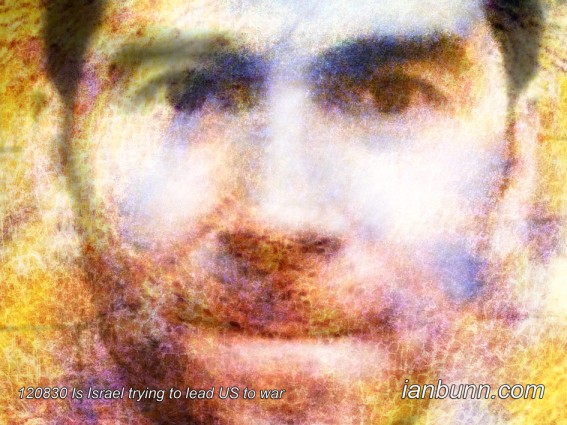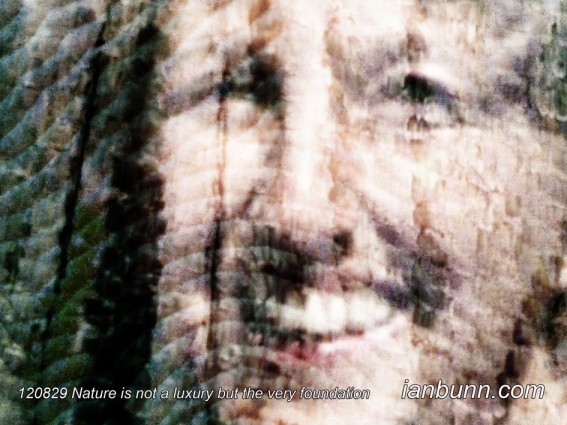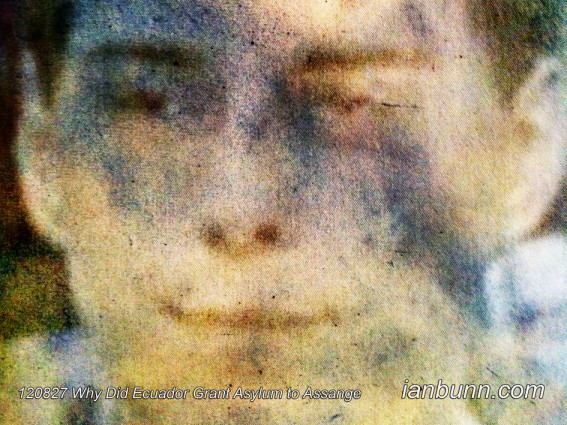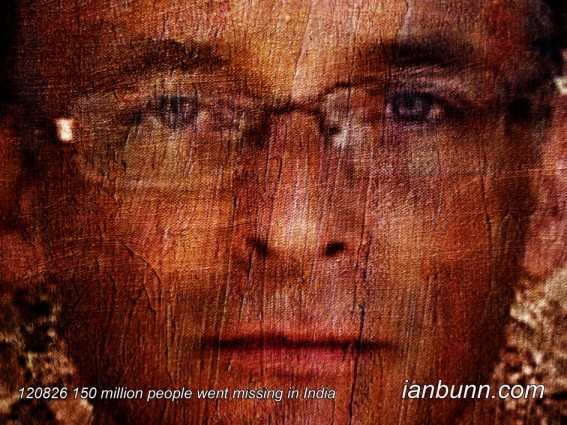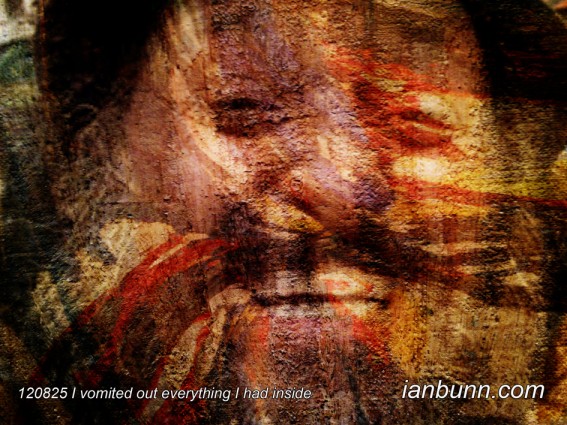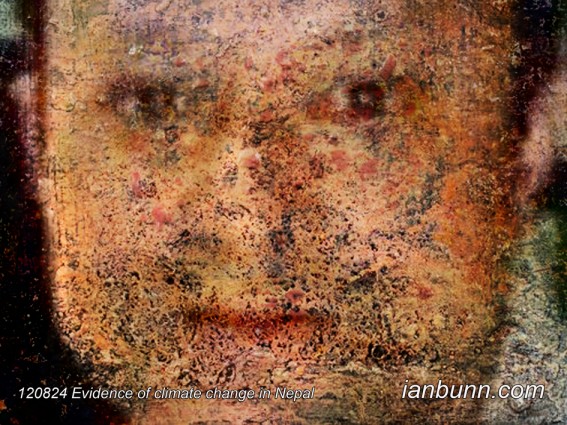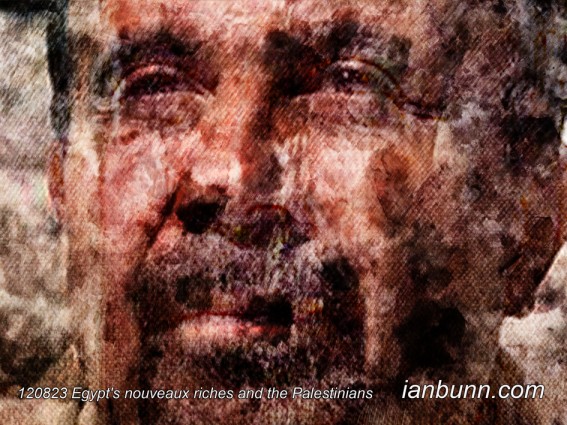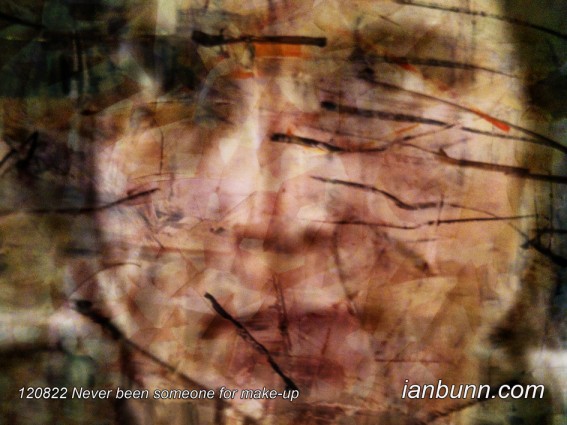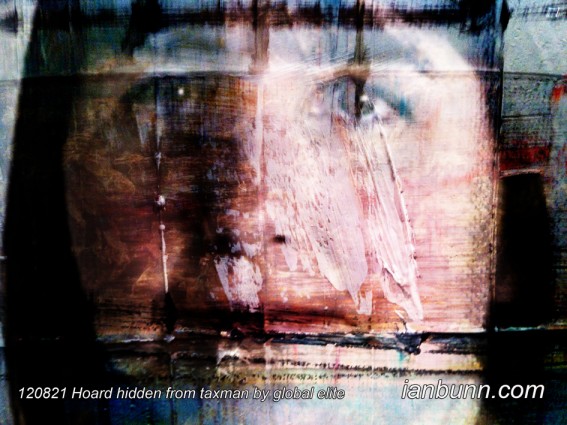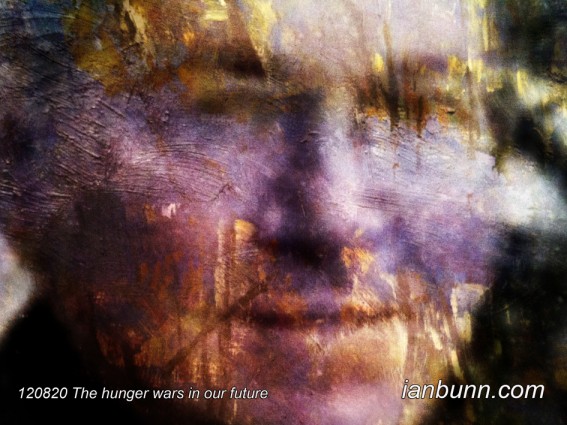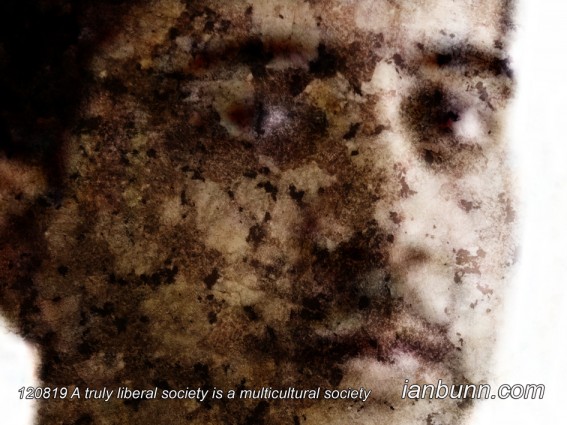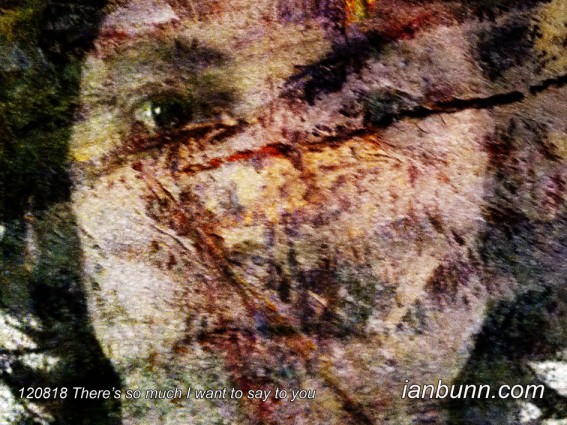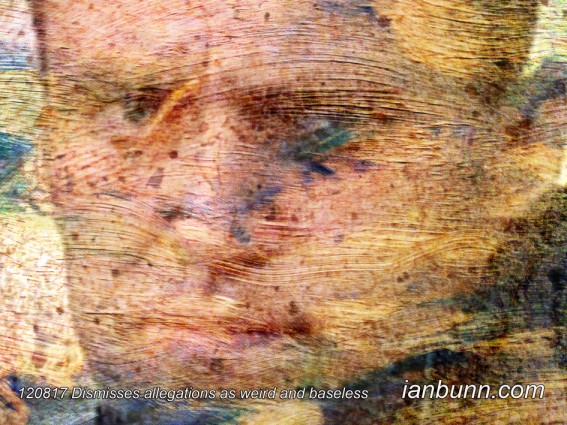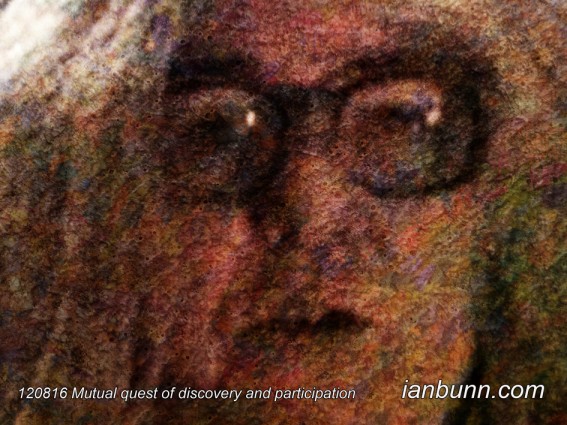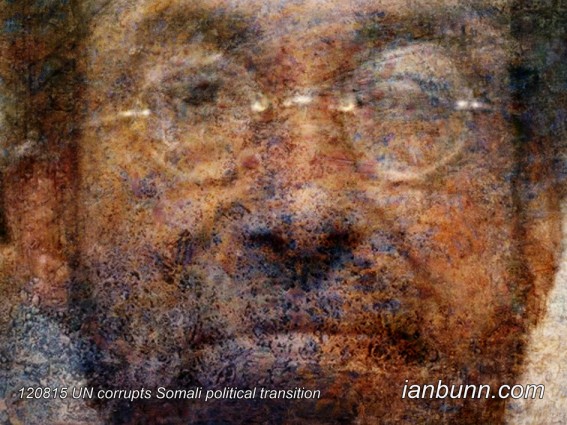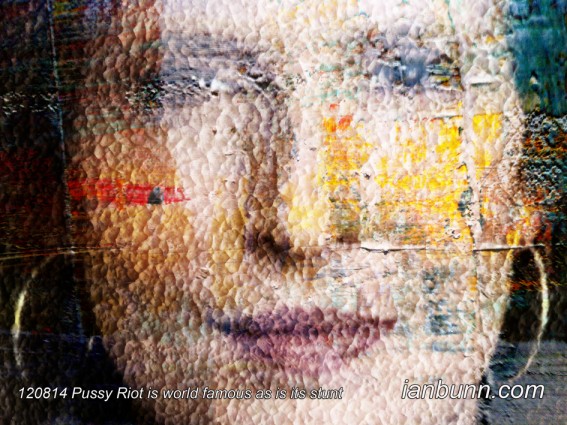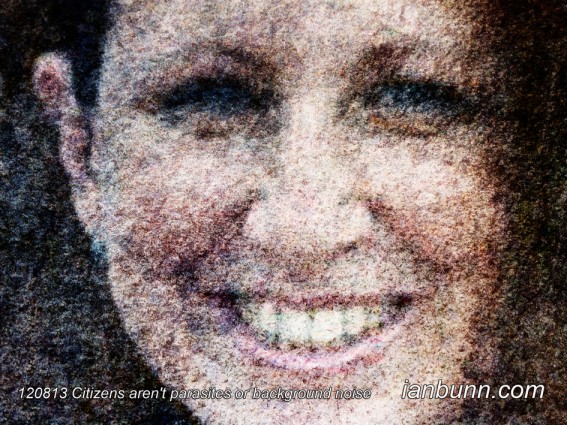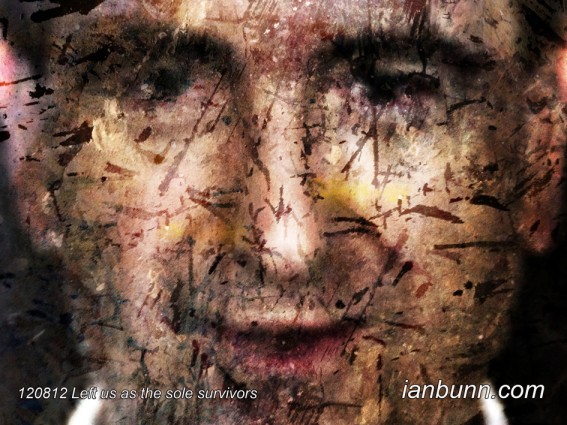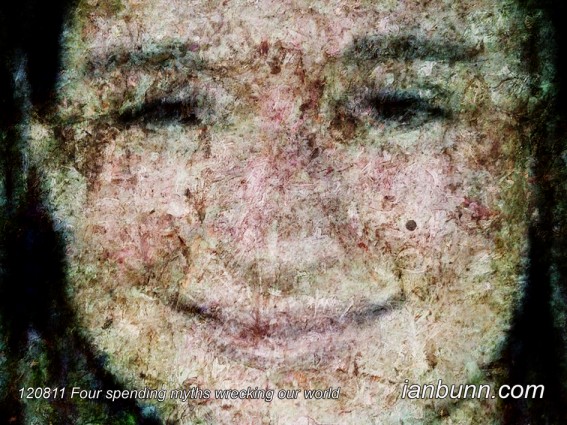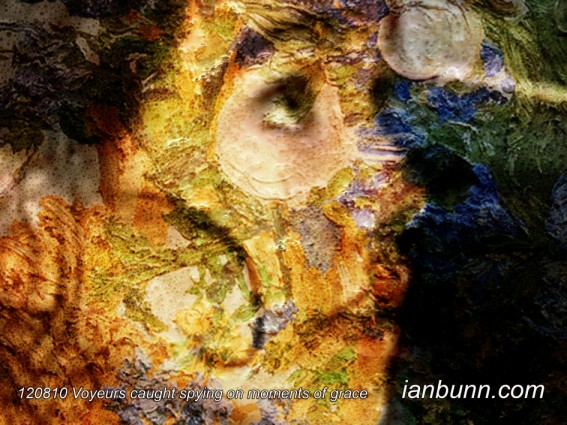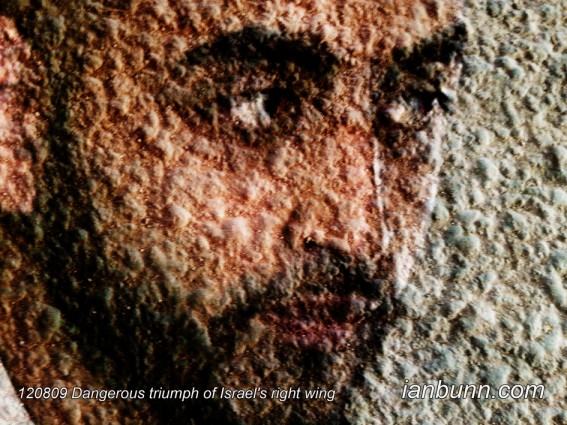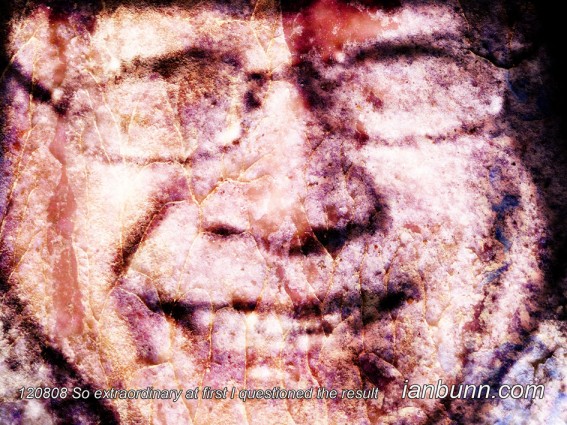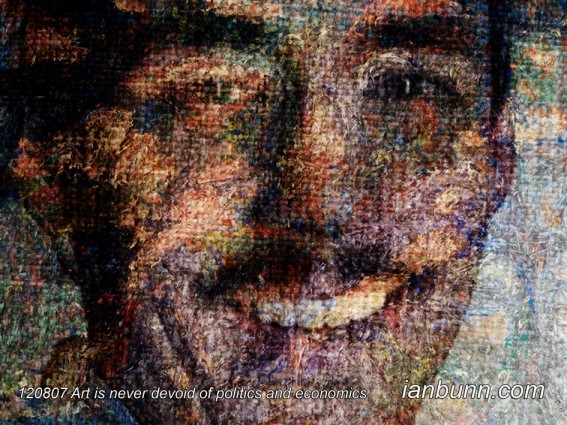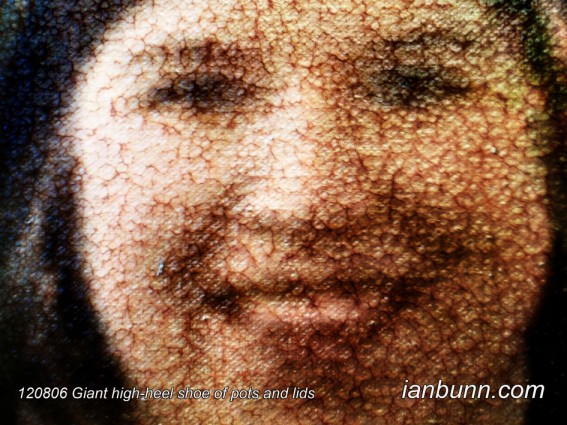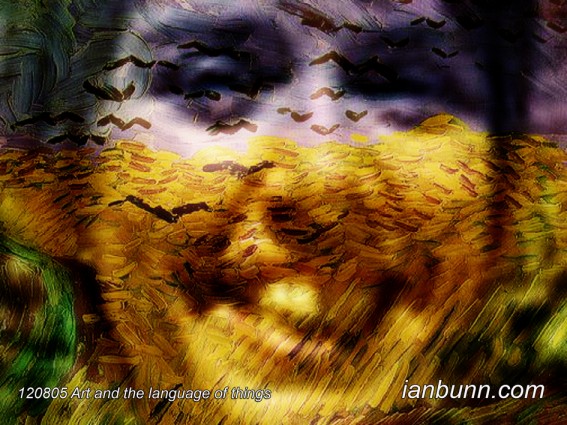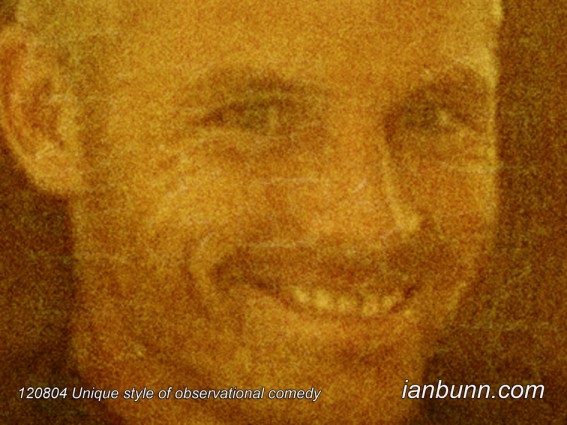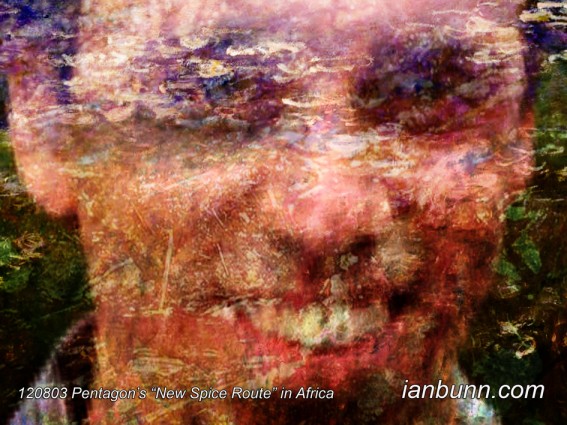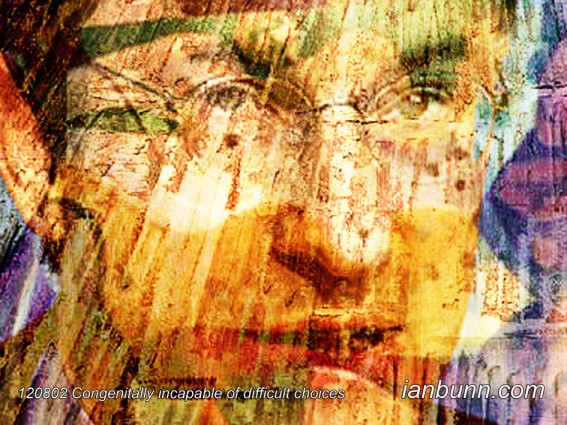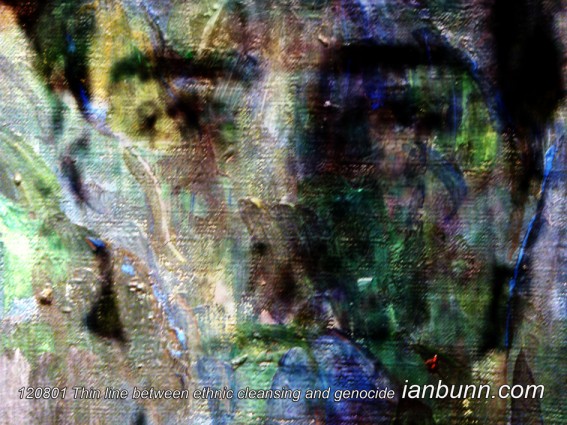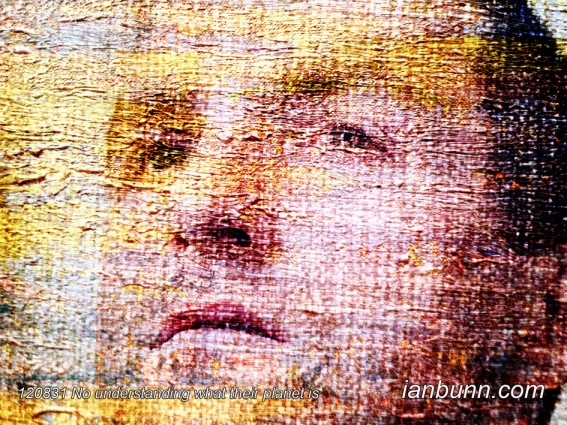 No understanding what their planet is (August 31 2012)
No understanding what their planet is (August 31 2012)
Jason deCaires Taylor the 38 year old British sculptor specialising in the creation of contemporary underwater sculptures which over time develop into artificial coral reefs has been profiled by Randal C. Archibold for the New York Times. In the article Archibold states “Most people head off to an art exhibit with comfortable shoes and a deep appreciation for creativity. Jason deCaires Taylor’s work requires flippers and, to really appreciate it, a depth of at least 12 feet. Mr. Taylor labors over his sculptures for weeks, five-ton concrete figures of men, women and children, many of them modeled after people in the fishing village near here where he lives and works. …he fusses over their lips and noses. Gets the hair just right. Adjusts their clothing. Then he sinks them in the sea. There, they rest in ghostly repose in the Museo Subacuático de Arte here, serving at once as a tourist attraction and as a conservation effort by drawing divers and snorkelers away from the Mesoamerican Reef, the second-largest barrier reef system in the world, and toward this somewhat macabre, artificial one. The nearly 500 statues, the first ones placed in 2009 and 60 added this year, have acquired enough coral, seaweed and algae to give them the look of zombies with a particularly nightmarish skin condition. Eventually, in six years or so, the coral will completely overtake them, leaving only suggestive shapes. “Foremost, it’s an opportunity to view this other world,” Mr. Taylor said. “We are surrounded by water, but people have no understanding what their planet is. It helps see ourselves as part of the world.”
Inspired by New York Times ow.ly/d7hkn image source Twitter ow.ly/d7hf6
